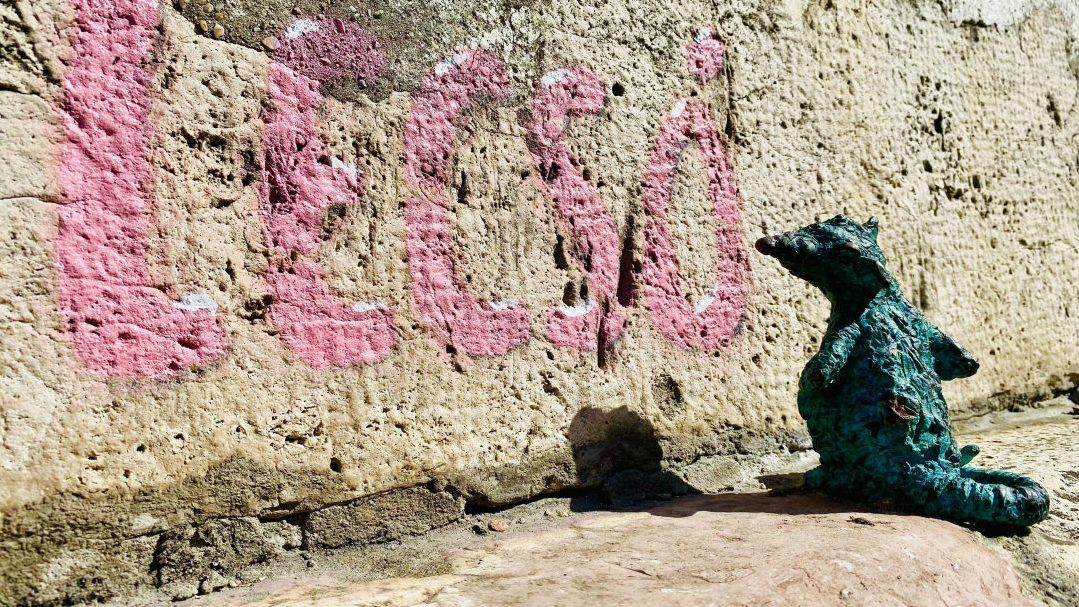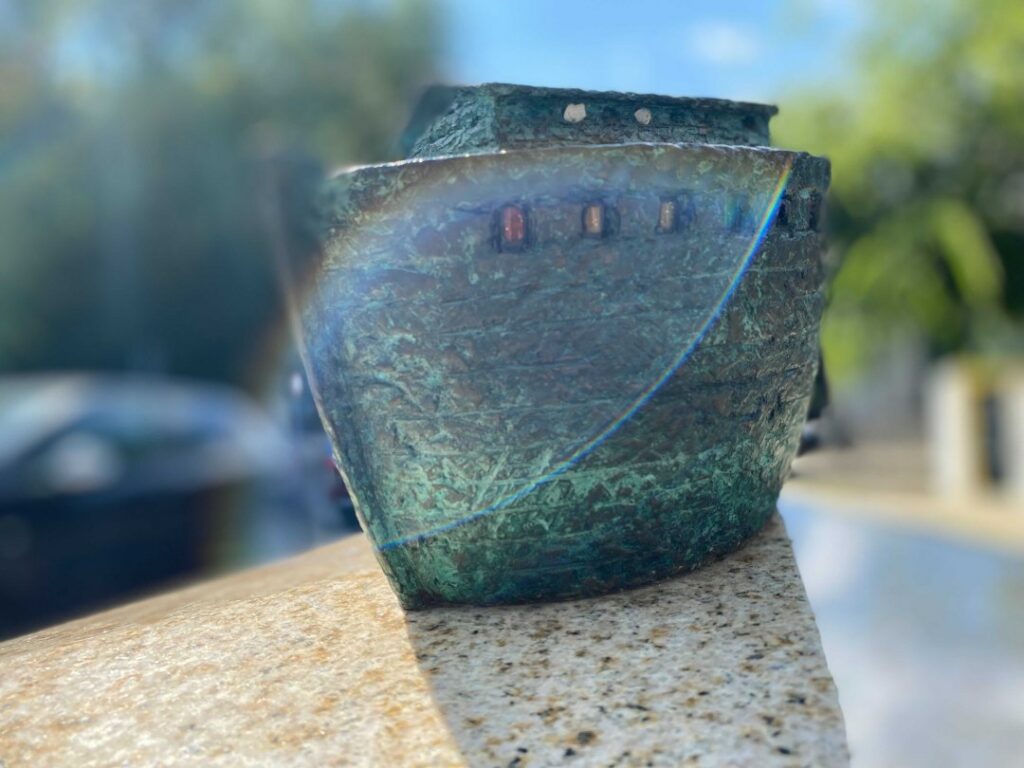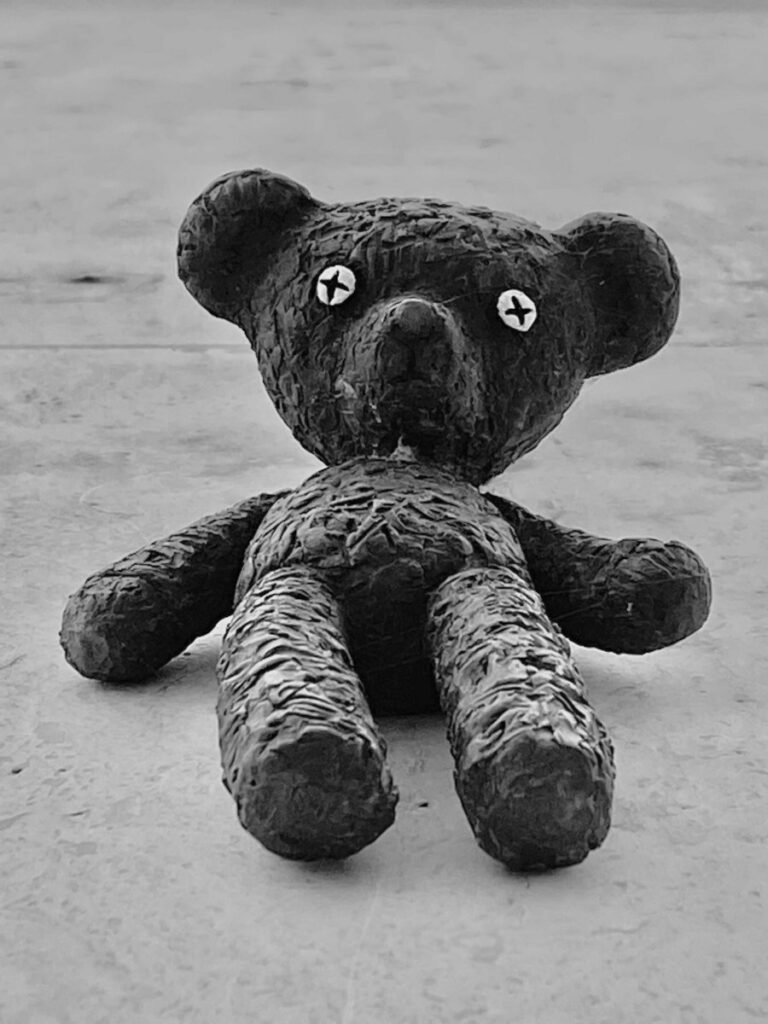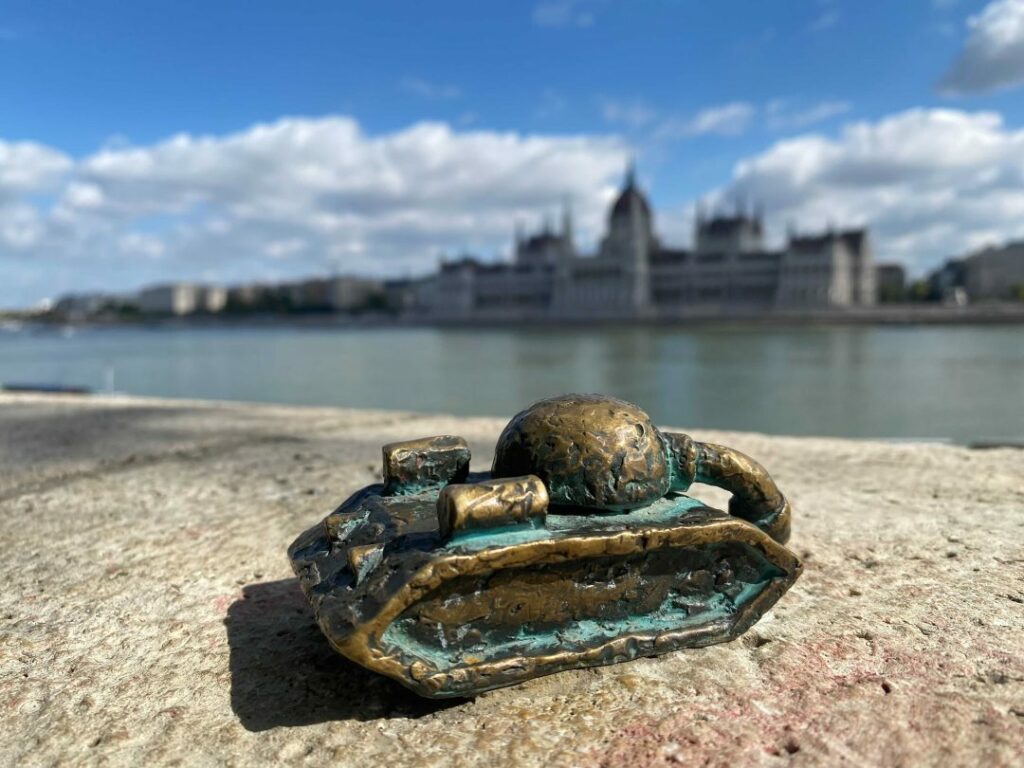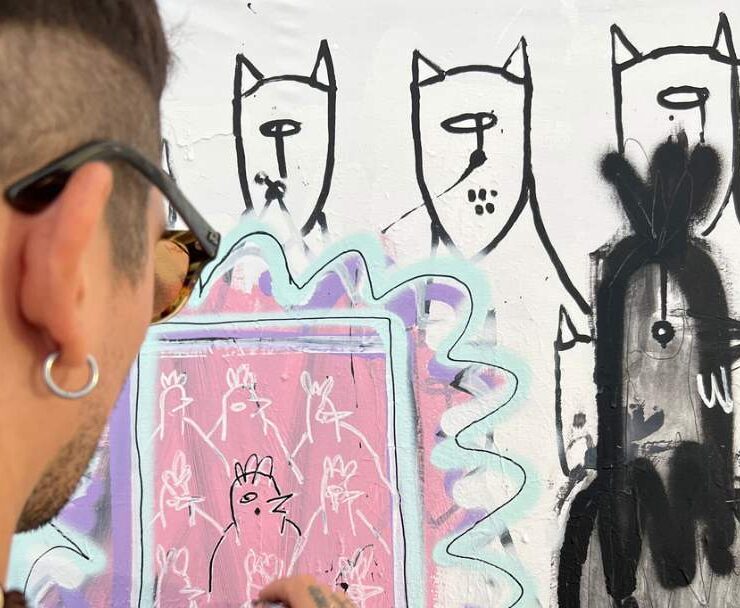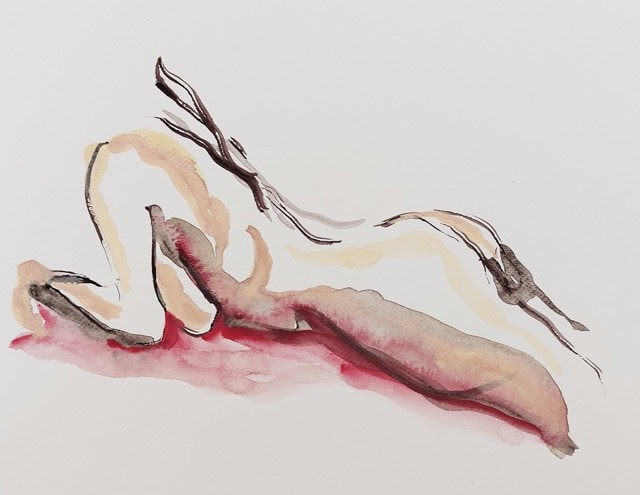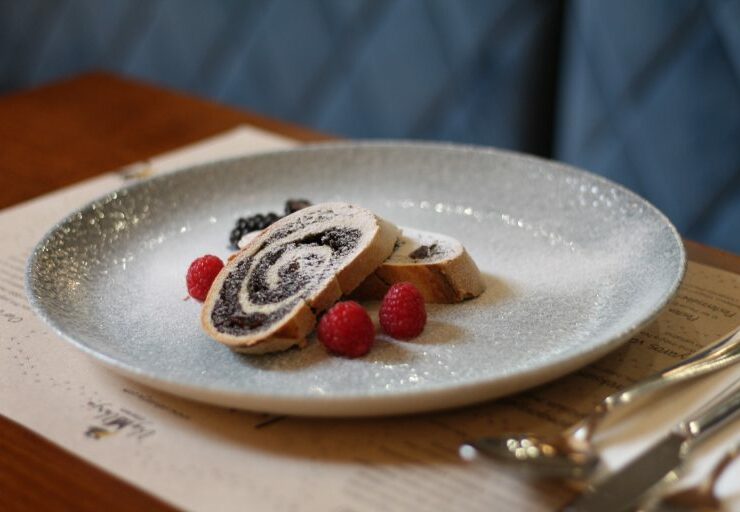After my first post on this topic, I hope you are all now well on your way to being as gripped and excited about locating Mihály Kolodko’s hidden gems as I am.
Mihály Kolodko is a guerrilla sculptor who made himself known to the people of Budapest by placing a few tiny bronze statues around the city. Since then, he has been commissioned to do several other works. In this article I describe another five bronze statues that you can try and find yourselves.
Noah’s Ark
This is definitely one of my favourites. In Biblical times the building of Noah’s Ark to save the Earth’s creatures from an impending massive rainfall and catastrophic flooding, the animals being collected in mating pairs and being led into the ark two by two, is a well-known tale.
The rain fell for 40 days and 40 nights, the Earth flooded, and when it was all over, a rainbow shone to signal the end of the rains and today can symbolize hope after darkness.
Kolodko’s beautiful bronze Ark sculpture is perched on a plinth facing south, with tiny differently coloured glass windows in its North-facing side. With the sun shining through at the right angle, it produces its very own rainbow. Make sure you choose a sunny day to head down to Bethlen Gábor tér, and wander around to look for this one. With any luck, it won’t take you 40 days and 40 nights.
Brexit
As an expat Brit abroad and in Budapest, the Mihály Kolodko’s sculpture called Brexit had me intrigued and was definitely high on my list of his works to track down.
The Brexit sculpture is attached to the outside of the old British embassy building, which is strategically ironic. Just as the United Kingdom abandoned the European union, the British moved out of the embassy building of 6, Harmincad utca and then, apparently, Mr. Bean also abandoned Teddy.
Főkukac
The first of Mihály Kolodko’s miniature sculptures to appear in Budapest, on the banks of the Danube, was Főkukac, a worm from a famous Hungarian TV cartoon show from the early 1980s.
The cartoon show called A nagy ho-ho-horgász (The Great Fisherman) is all about Horgász the fisherman and his best friend, the chief worm, Főkukac. Horgász goes fishing wherever he is and whatever the weather and always gets into bother or an adventure after tying Főkukac to the end of his fishing line and casting off.
It must be a great relief these days for the bronze Főkukac to finally be able to sit on a wall in peace, overlooking the tranquillity of the Danube and the Houses of Parliament, without the threat of being tied onto the end of Horgász’s line and cast out into the river to get entangled in yet another crazy mishap. Head for the banks of the Danube opposite Parliament, over the tram lines from Art’bistrobar near Bem rkp. 15.
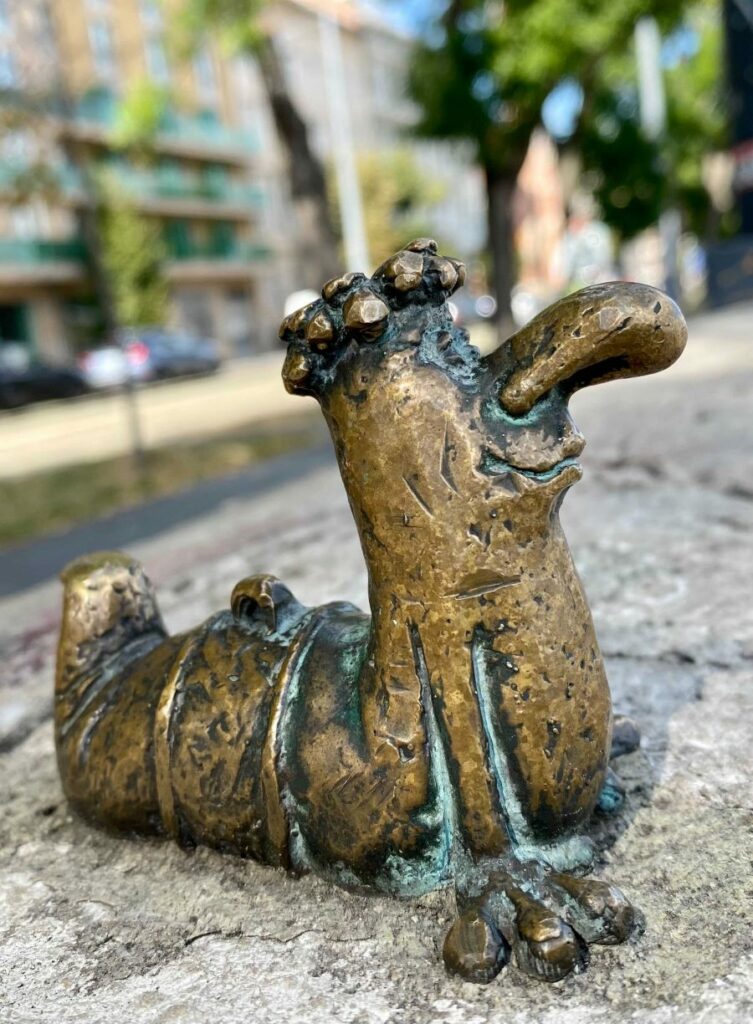
Tiny tank
Like Főkukac, this tiny tank is also near Bem Quay. This miniaturised tank sculpture which faces the Houses of Parliament from across the Danube, is a powerful representation of the 1956 Hungarian revolution.
On the side of the tank are the words “Ruszkik Haza!” which translates to “Russians go home!”. The gun barrel, although pointing at the Houses of Parliament, is bent downwards, representing the end of the Revolution. This tank can act as a starting point to researching some of the darker, more difficult times in Hungarian history.
Lecsó (Ratatouille)
In a different part of the city, but still on the banks and walls of the Danube, is the Lecsó sculpture. Slightly harder to find as it is low down and not on top of a wall like some of his others. This is one of the aspects that I love about Mihály Kolodko’s works.
Some people will find them by searching for them, some people will stumble upon them and wonder what they are, and some people will walk straight past having never seen them. I love that. It hints at a sense of confidence and also indifference.
My work is good, and if you look, find and see it, you may gain pleasure in my work. If you don’t see it, or choose to not engage, then that is okay. There are no giant Neon flashing signs, or even small plaques, to let you know what you have found. They are just there.
Like all great pieces of Art, they are there to be seen and judged only in the eye of the beholder. Lecsó is rat sized, and bears a strong resemblance to Ratatouille from the famous Pixar movie. As strongly as the ratatouille dish based on tomatoes and peppers is associated with France, so the similar paprikas and tomatoes dish of lecsó is Hungarian. Hence the Ratatouille figure appears to be spray-painting “Lecsó” on to the wall.
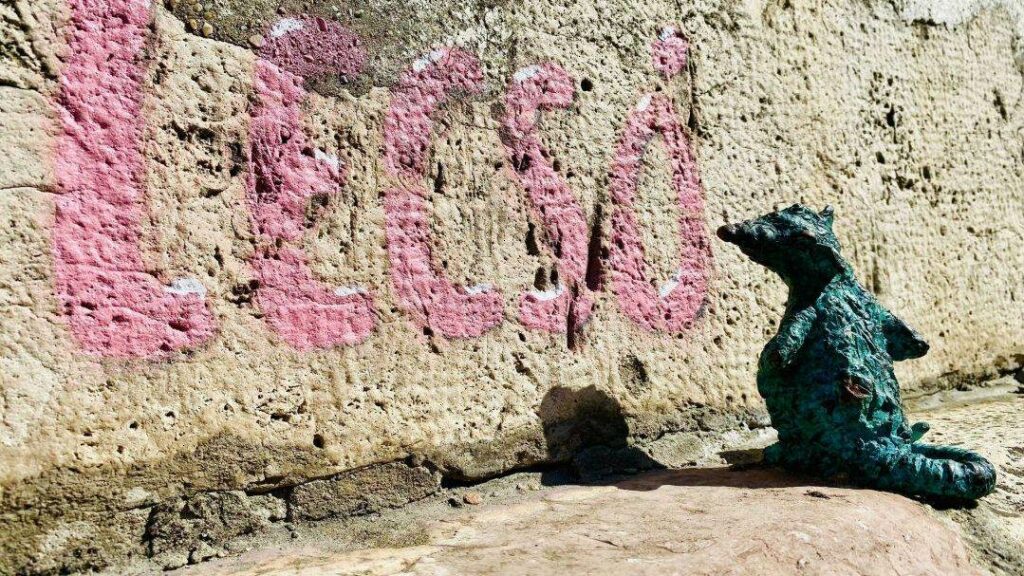
If you’ve enjoyed discovering these sculptures, the brilliant thing is, there are still plenty more out there dotted around Budapest to find, from murdered squirrels to Kermit the Frog and to Franz Joseph on Liberty Bridge. Keep your eyes peeled and good luck!

